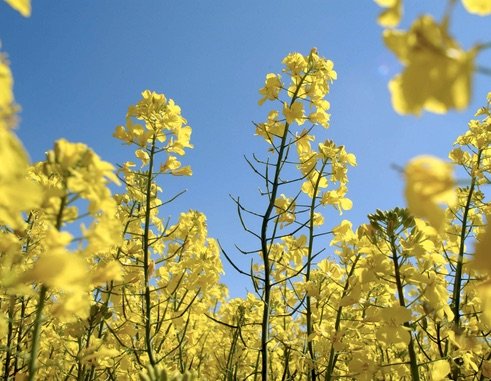AWB - News Hub Watching for the flashes
- By: "Farm Tender" News
- Cropping & Grain News
- Apr 09, 2022
- 475 views
- Share

By Tyson Hosie - AWB
Without a meaningful resolution in sight for the crisis in Ukraine, the market continues to trade under the expectation that disruptions to Black Sea grains and oilseeds will be felt for a while yet, increasing the requirement for alternative origins to step up and fill the shortfall.
This continues to fuel both old and new crop pricing here in Australia, as we look to continue to participate in these markets ahead of the highly anticipated season 2022/23.
And whilst current global stocks of most commodities are broadly comfortable, questions are beginning to form around some of the other origins of wheat, corn and oilseeds. Production estimates from key exporting nations, highlighted in the most recent USDA March Quarterly Stocks and Planting Intentions report, will see all markets remain highly sensitive to any additional concerns – perceived or actual.
The US grower has reacted to the broader oilseed complexes’ issues emanating from last year’s tight supply in North America and Canada, which linger in the market (highlighted by the recent sale of 30kmt of Australian canola to the US), the current situation in Eastern Europe, as well as the dry conditions impacting the early Brazilian soybean crop. With that, they’ve gone ahead and planted a record large soybean crop, with planted area eclipsing corn for only the third time in history.
Additionally, the Canadian and North American canola crops are reportedly in sound condition early in their growing season.
This development heightens international interest in the condition of the Brazilian corn crop, especially the second, or Safrinha crop, harvested from June through August.
La Nina conditions in South America over the past two-to-three months has impacted their earlier corn and soybeans, harvested from February through April.
This second crop, however, represents approximately three-quarters of Brazil’s annual corn production, and will increasingly be relied upon to shore up both domestic supplies, as well as being tasked with helping to bridge the gap caused by Ukraine’s forced withdrawal from the market.
Reportedly, the crop was planted into near-ideal conditions, however conditions through March have become patchy, and all eyes will be on whether or not the crop will receive enough rain in the coming weeks to bring the crop home.
For every technically bullish sentiment that comes through, however, there is a counterpoint tempering the enthusiasm. Input costs ratcheting higher, labour and transport shortages as well weather issues impacting the finalisation of summer crops and delaying winter crop planting all in front of mind. This sees cautious engagement by the trade, who need to treat the bullish market tone and the bearish execution risk just the same.
Expect to see choppy markets for the foreseeable future, with every fresh geo-political development, weather forecast and adjustment in input values having a marked impact on bids on any given day. These scenarios do bring about opportunity, however, and keeping a keen eye out for those flashes in the pan will be key to navigating these expectedly rough markets this season.









Share Ag News Via